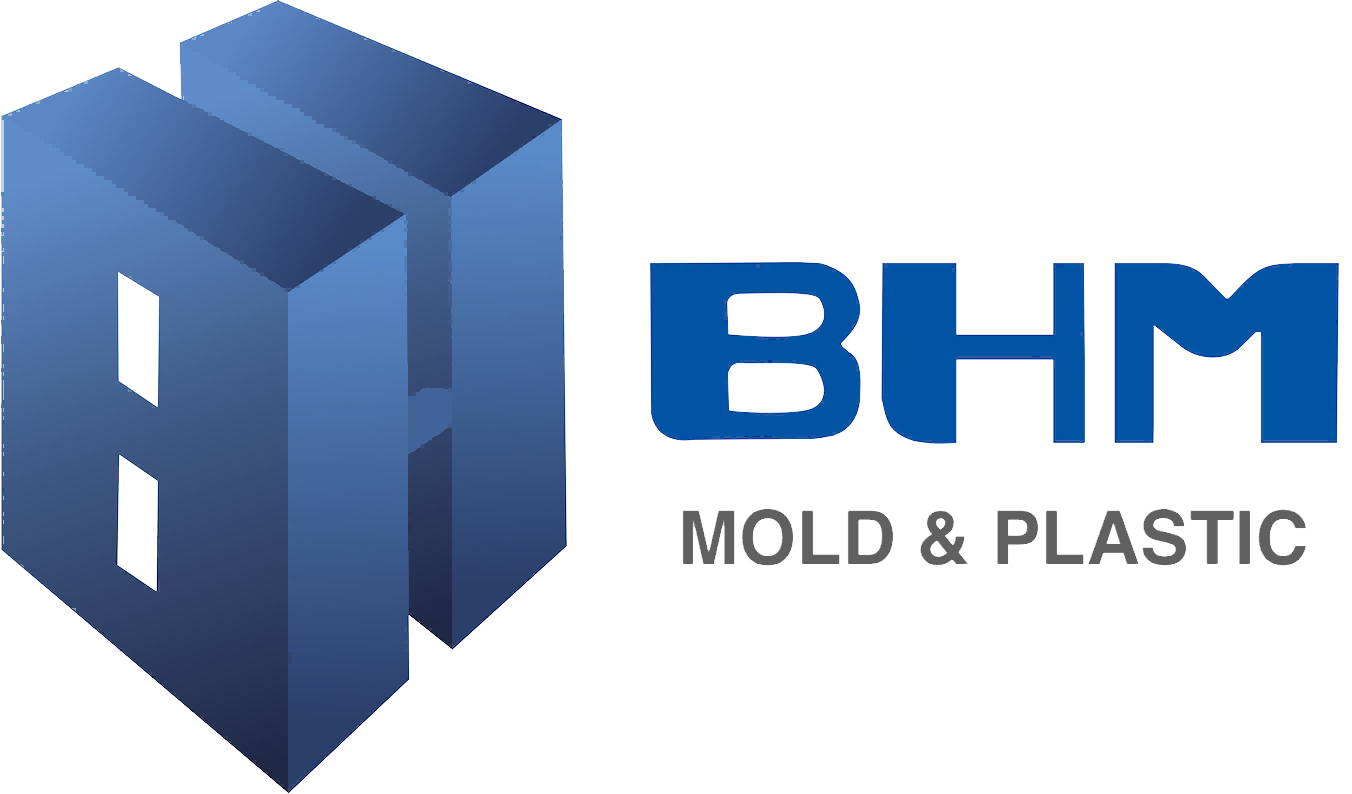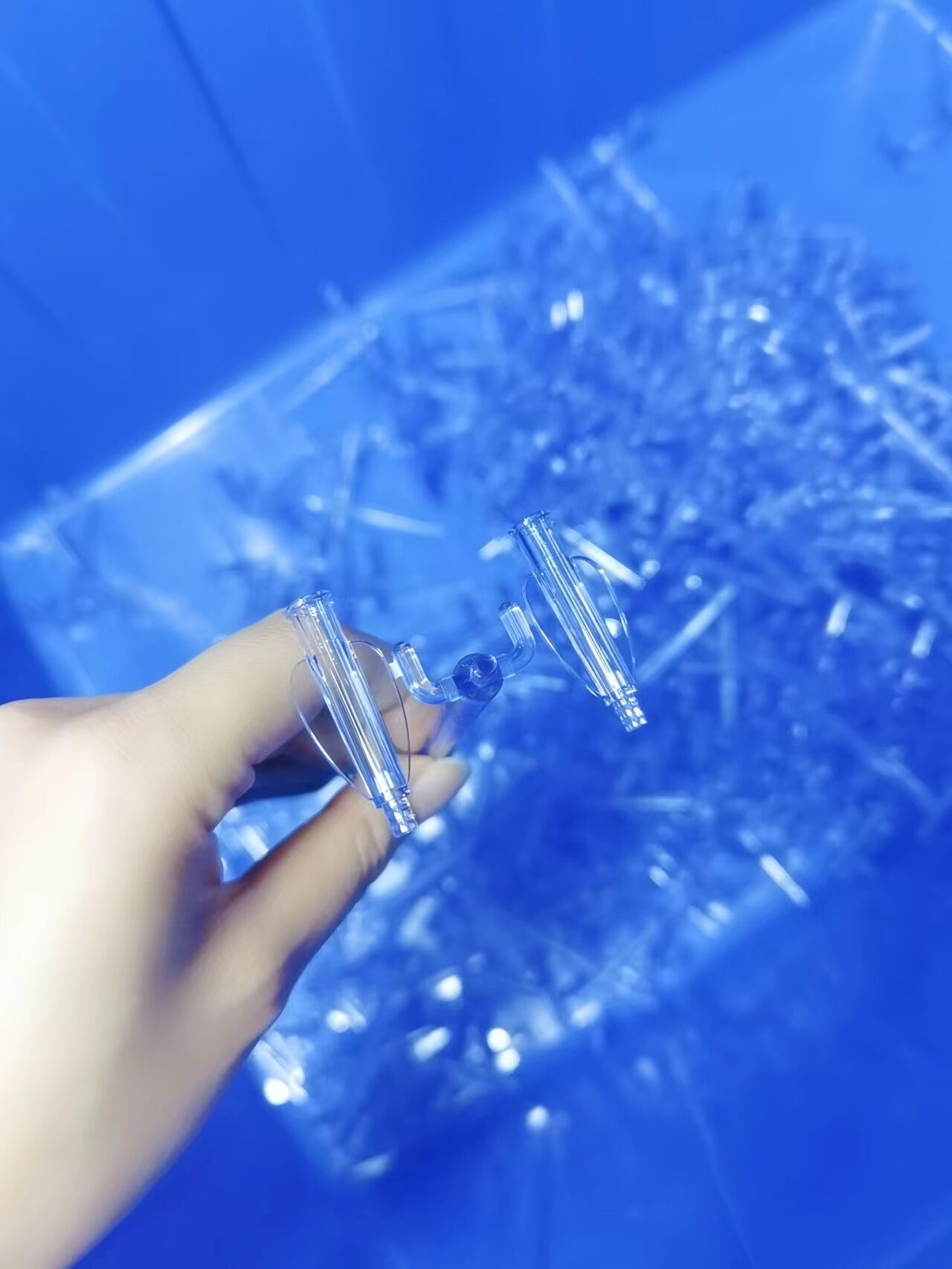Understanding the Strategic Value of Original Equipment Manufacturing Tools
In today's competitive manufacturing landscape, OEM tooling represents a cornerstone of efficient and high-quality production processes. These specialized tools and equipment, designed specifically for original equipment manufacturers, enable companies to create precise components and products that meet exact specifications and quality standards. The significance of OEM tooling extends far beyond basic manufacturing – it's a strategic investment that shapes production capabilities, product quality, and ultimately, market competitiveness.
When manufacturers invest in OEM tooling, they're not just purchasing equipment; they're acquiring the means to maintain consistent quality, reduce production costs, and accelerate time-to-market. This sophisticated tooling ecosystem encompasses everything from custom molds and dies to specialized cutting tools and assembly equipment, each meticulously engineered to fulfill specific manufacturing requirements.
The Core Components of OEM Tooling Systems
Precision Manufacturing Tools and Dies
At the heart of OEM tooling lies an array of precision-engineered tools and dies. These components are crafted to extremely tight tolerances, ensuring that every manufactured part meets exact specifications. Modern OEM tooling often incorporates advanced materials and coatings that enhance durability and performance, leading to longer tool life and more consistent output. The precision aspect is particularly crucial in industries such as automotive and aerospace, where component accuracy can directly impact product safety and functionality.
The development of these tools involves sophisticated design processes, often utilizing computer-aided design (CAD) and simulation software to optimize performance before physical production begins. This approach minimizes costly iterations and ensures that the tools will perform as intended from the outset.
Customized Automation Equipment
Modern OEM tooling frequently includes automated systems that enhance production efficiency and consistency. These might include robotic arms, conveyor systems, and specialized handling equipment designed to streamline manufacturing processes. The integration of automation not only increases production speed but also reduces human error and improves workplace safety.
The customization of automation equipment ensures that it fits seamlessly into existing production lines while addressing specific manufacturing challenges. This tailored approach helps manufacturers optimize their operations and maintain competitive advantages in their respective markets.
Benefits and Strategic Advantages
Quality Assurance and Consistency
One of the primary advantages of implementing OEM tooling is the unprecedented level of quality control it provides. By utilizing tools designed specifically for particular manufacturing processes, companies can maintain consistent product quality across large production runs. This consistency is essential for maintaining customer satisfaction and meeting regulatory requirements, particularly in industries with stringent quality standards.
The precision engineering inherent in OEM tooling also helps reduce defect rates and material waste, contributing to both environmental sustainability and cost efficiency. When properly maintained, these tools can produce identical parts over extended periods, ensuring product uniformity that customers expect and demand.
Cost Efficiency and ROI
While the initial investment in OEM tooling may be substantial, the long-term financial benefits often justify the expenditure. High-quality tooling leads to reduced maintenance requirements, fewer production interruptions, and lower scrap rates. These factors combine to create significant cost savings over the lifetime of the equipment.
Additionally, properly designed OEM tooling can increase production speeds and efficiency, allowing manufacturers to handle larger orders and meet tighter deadlines. This improved capability often translates into enhanced market competitiveness and increased revenue opportunities.
Implementation and Maintenance Considerations
Integration Planning and Execution
Successfully implementing OEM tooling requires careful planning and coordination. Organizations must consider factors such as production line modifications, operator training, and potential downtime during installation. A well-structured implementation plan helps ensure smooth integration while minimizing disruption to existing operations.
The integration process often involves collaboration between tool manufacturers, process engineers, and production staff to optimize tool performance and ensure proper utilization. This collaborative approach helps identify and address potential issues before they impact production.
Maintenance Protocols and Best Practices
Establishing comprehensive maintenance protocols is crucial for maximizing the lifespan and performance of OEM tooling. Regular inspection, cleaning, and calibration help prevent unexpected failures and maintain optimal production quality. Preventive maintenance schedules should be developed based on tool usage patterns and manufacturer recommendations.
Training maintenance personnel in proper care procedures and establishing clear documentation systems helps ensure consistent tool care across shifts and locations. This systematic approach to maintenance can significantly extend tool life and protect the initial investment.
Future Trends in OEM Tooling
Digital Integration and Smart Tools
The future of OEM tooling is increasingly digital, with smart tools incorporating sensors and connectivity features that enable real-time monitoring and predictive maintenance. These advanced capabilities allow manufacturers to optimize tool performance and prevent failures before they occur, reducing costly downtime and improving overall efficiency.
Integration with Industrial Internet of Things (IIoT) platforms is becoming more common, enabling data-driven decision-making and automated maintenance scheduling. This evolution towards smart manufacturing represents a significant advancement in how OEM tooling is utilized and maintained.
Sustainable Manufacturing Solutions
Environmental consciousness is driving innovation in OEM tooling design, with a focus on reducing energy consumption and minimizing waste. New materials and manufacturing processes are being developed to create more sustainable tooling solutions without compromising performance or durability.
The trend toward sustainability also includes the development of tools that enable the production of environmentally friendly products, supporting manufacturers' efforts to meet growing demand for sustainable goods.
Frequently Asked Questions
How long does OEM tooling typically last?
The lifespan of OEM tooling varies depending on several factors, including usage intensity, maintenance quality, and operating conditions. Well-maintained tools can last anywhere from 5 to 15 years or more, with some specialized equipment remaining serviceable for even longer periods when properly cared for and regularly maintained.
What factors should be considered when investing in OEM tooling?
Key considerations include production volume requirements, quality standards, budget constraints, maintenance capabilities, and long-term business objectives. It's also important to evaluate the tool manufacturer's reputation, support services, and ability to provide ongoing maintenance and replacement parts.
How can manufacturers maximize their ROI on OEM tooling?
To maximize return on investment, manufacturers should implement comprehensive maintenance programs, provide thorough operator training, monitor tool performance regularly, and optimize production processes. Additionally, choosing high-quality tools that match production requirements and investing in preventive maintenance can significantly improve long-term value.
What are the signs that OEM tooling needs replacement?
Common indicators include increased defect rates, degraded product quality, rising maintenance costs, decreased production efficiency, and visible wear or damage to the tools. Regular inspection and performance monitoring can help identify these signs early, allowing for planned replacement before critical failure occurs.

